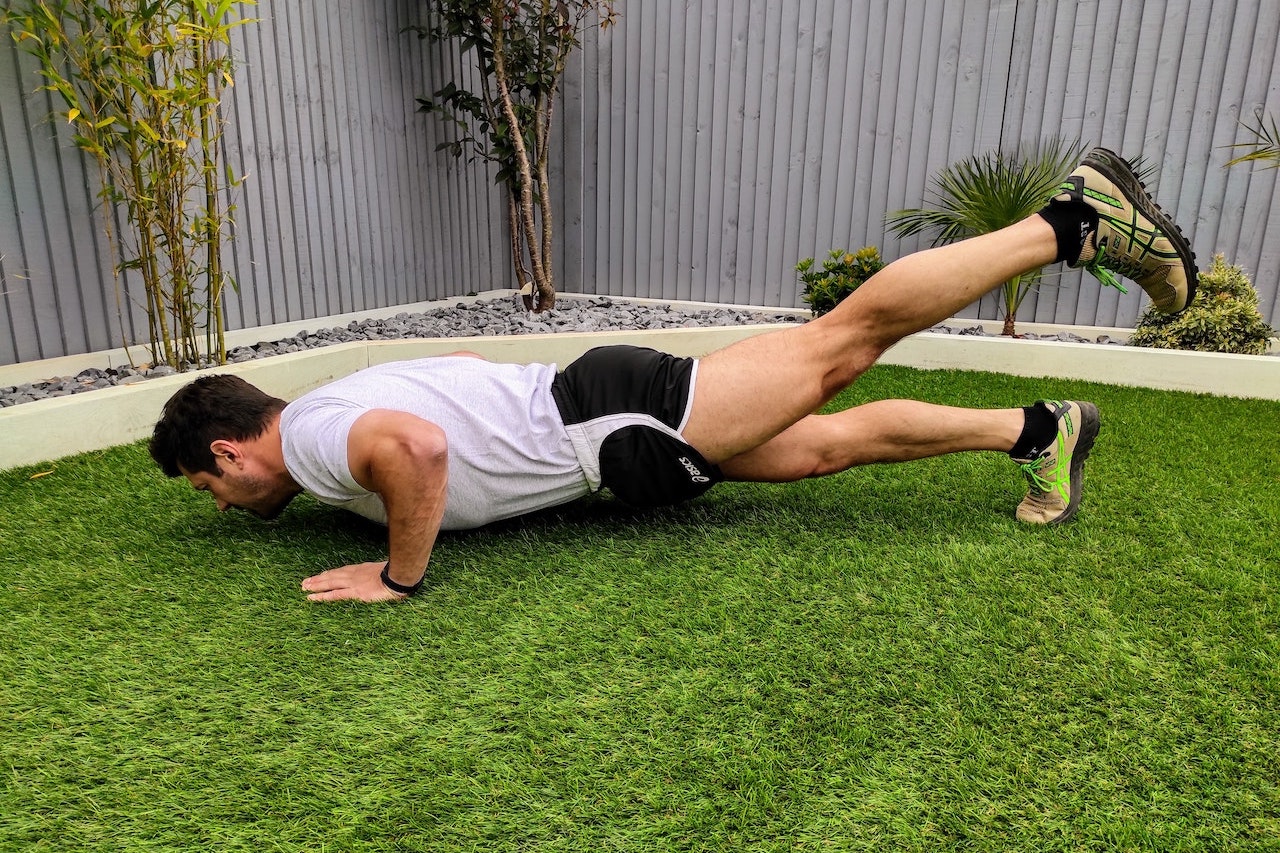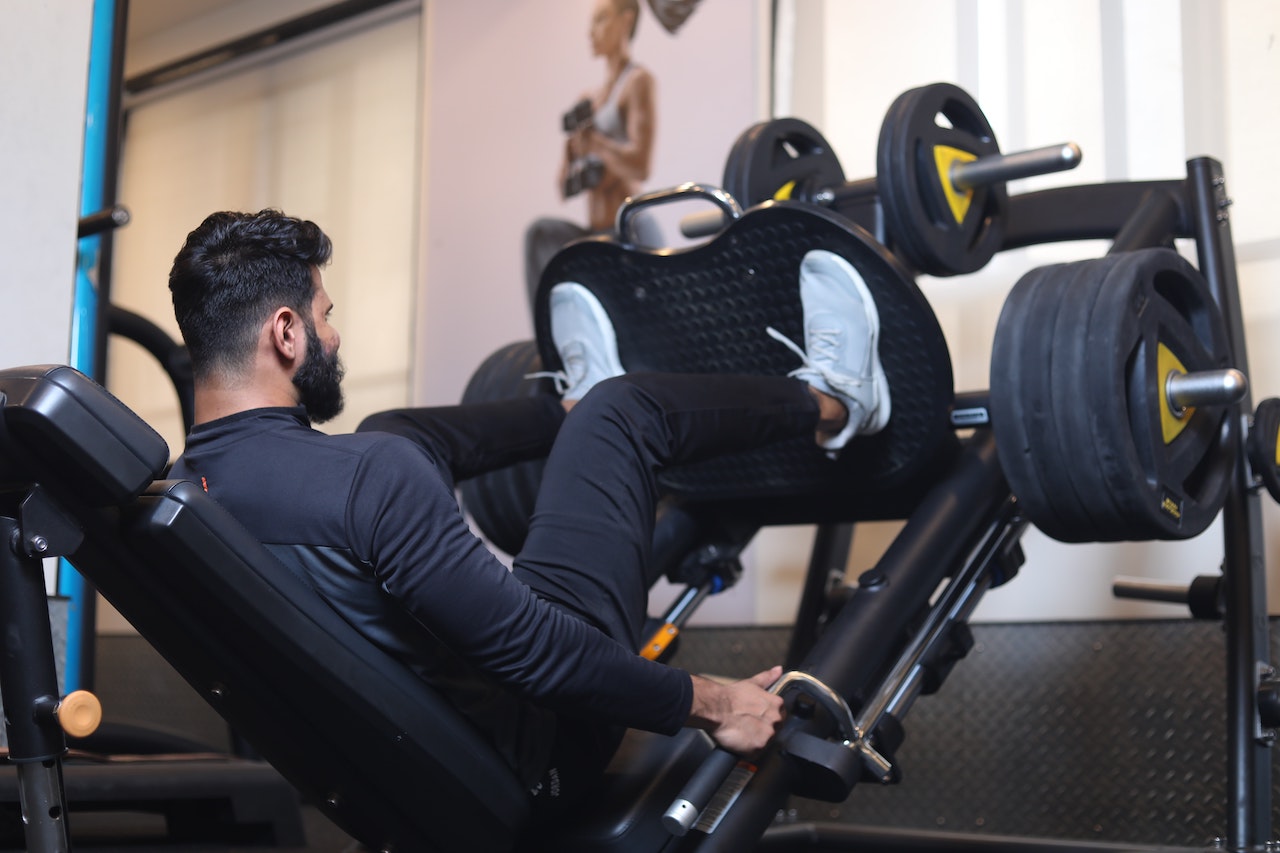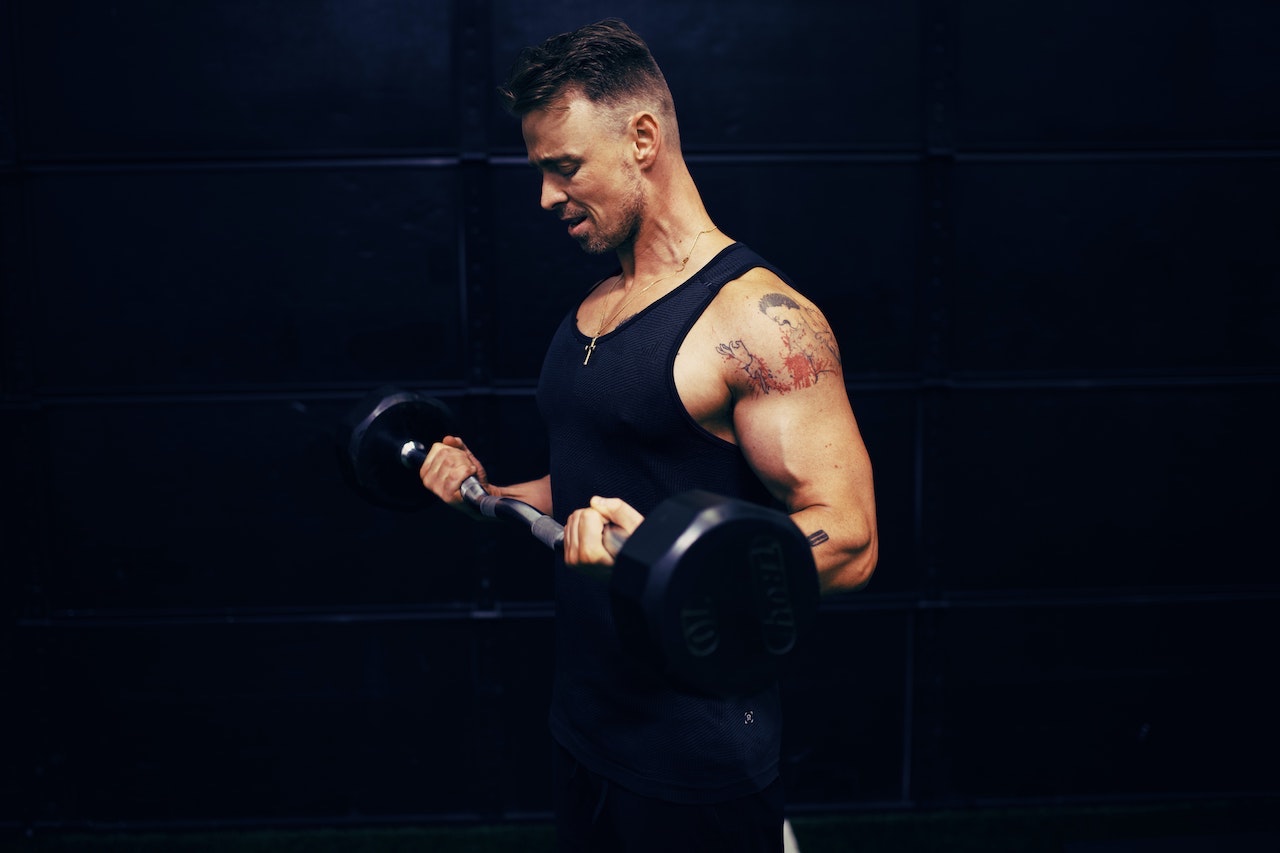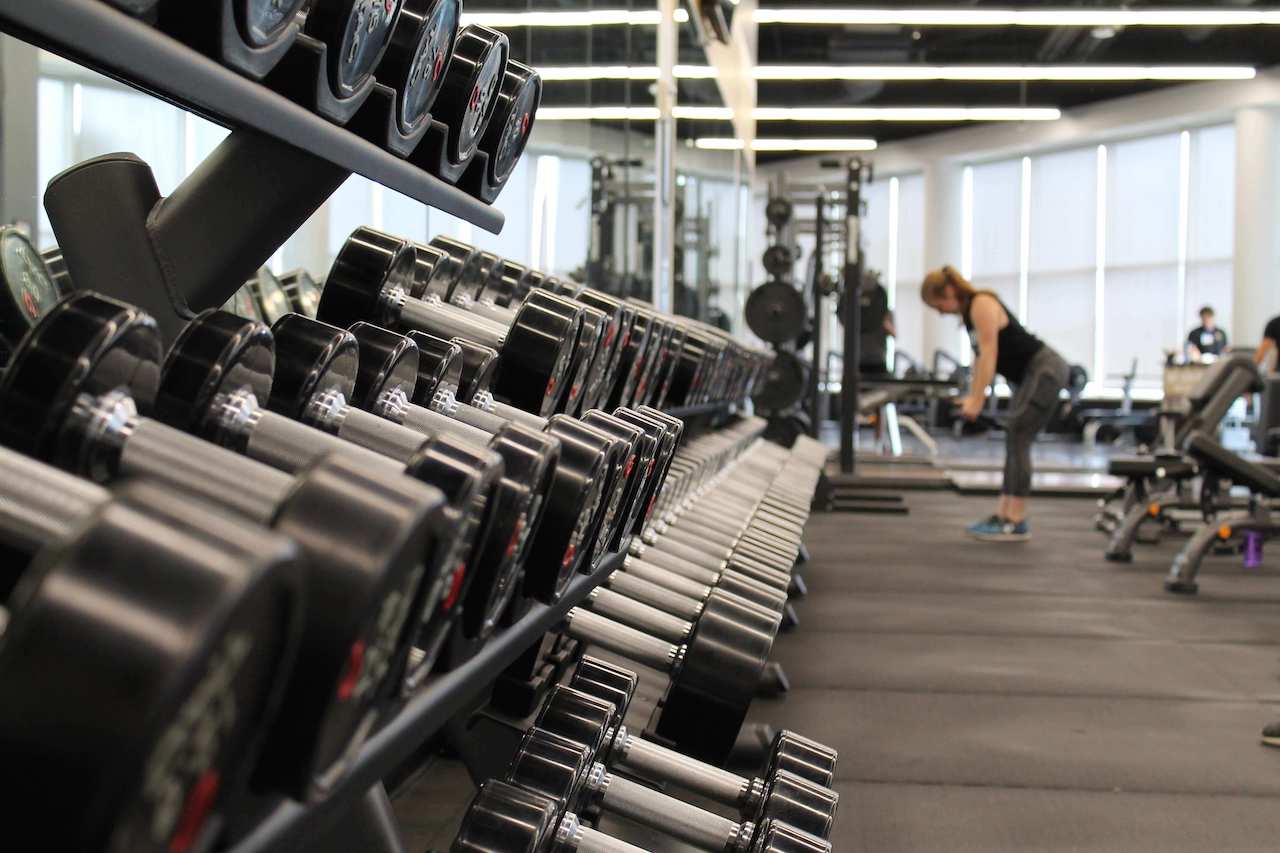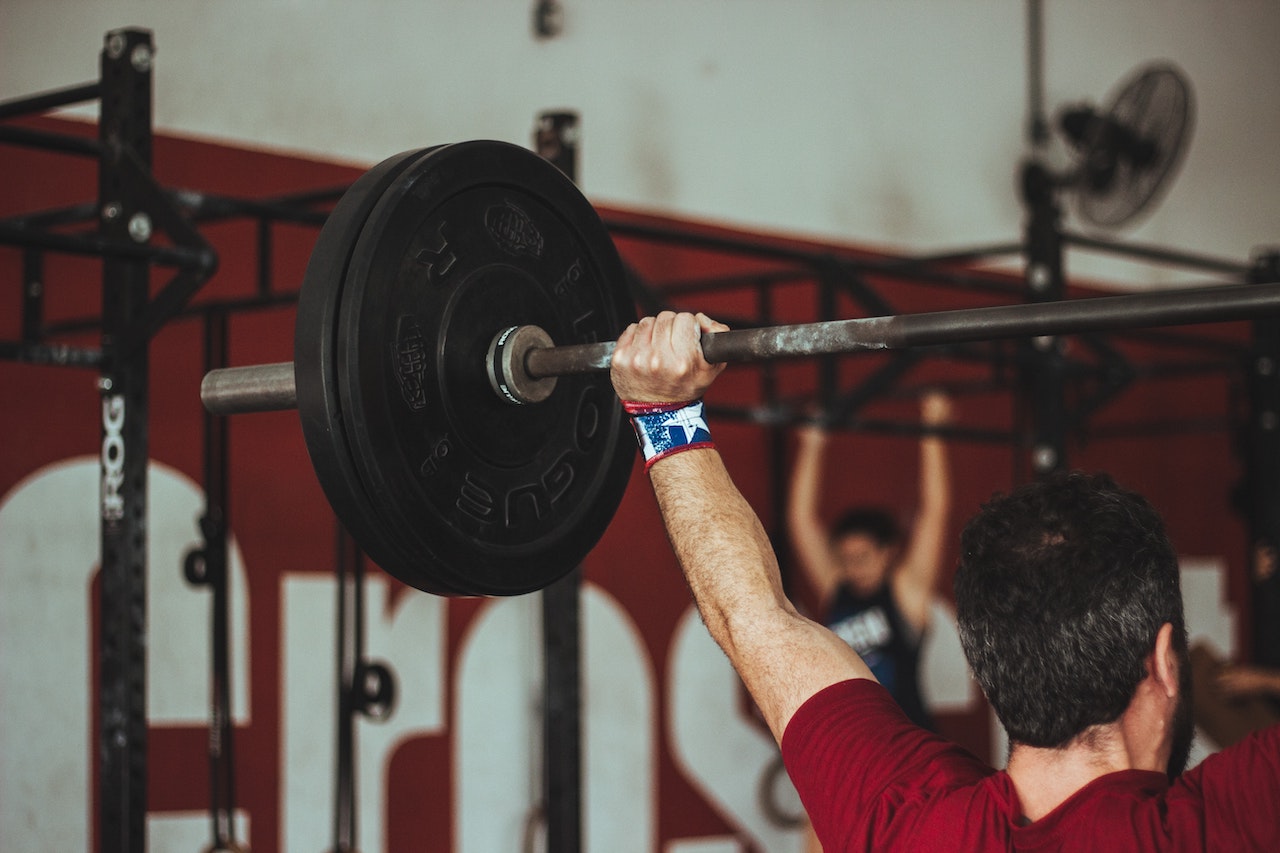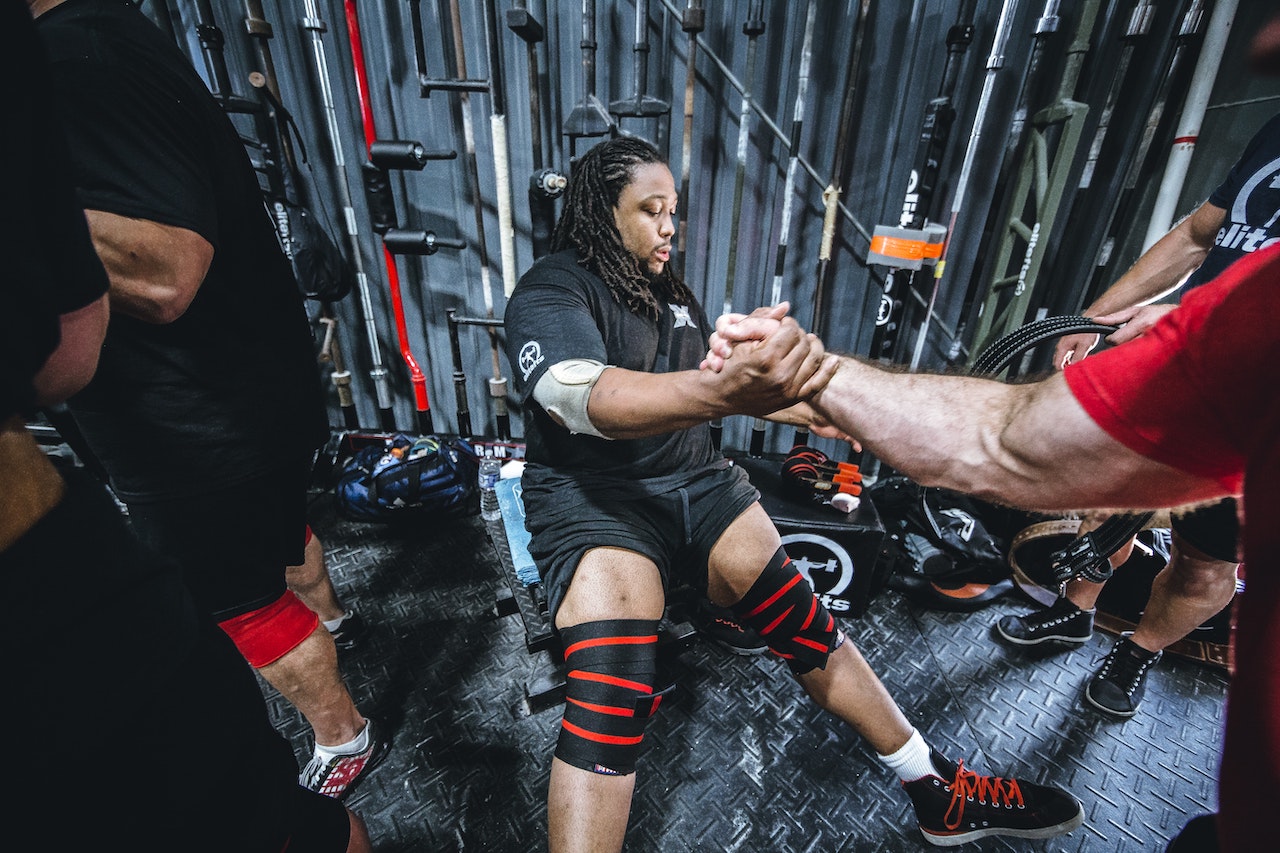do we all go to the gym with a change in joint angle and a change in muscle length between centrifugal and centripetal?
In fact, what we call a movement that is not "In motion" Is not a movement in the broad sense that we have described above, as you can see by one example - the plank.

it's not just the plank, it's the squat against the wall and the static hip bridge. What these movements have in common is that the angle of the joints and the length of the muscles do not change during the contraction, we call this an isometric movement, i am sure you are just not familiar with the concept, there must be many more examples of the movements.

common isometric movements
1. Planks: Training the core muscles (abdominals and lower back)
2. Sitting against the wall: Trains the quadriceps
3. Glute bridge: Trains the gluteus maximus and hamstrings

as there is no need to generate resistance for the muscles by adding or lowering weight during isometric movements, resistance in these movements is usually contracted using the following methods.
1. The structure of the movement itself
2. The structure of the body itself
3. The ground
4. Free weights at rest

most of the little ones do not incorporate isometric movements into their training program. However, this exercise certainly has many benefits, not only from a body composition point of view, but also from a strength point of view.
An in-depth study of isometric exercises
when you start doing isometric exercises, the stress is placed entirely on the muscle fibres. This eliminates the involvement of muscle reactivity. Isometric movements recruit far more muscle units than compound and isolation movements.

when performing maximal isometric contractions, the trainer is able to absorb almost all of the muscle fibres; this response is not seen when performing the centrifugal and centripetal portions of other types of exercise. The higher the number of muscle fibres you are able to recruit at the end of the training day, the more extensively you will be able to train your muscles.
This high muscle fibre recruitment has also been shown to significantly increase strength (14% to 40% increase in strength over a 10 week test, with isometric exercises added to the training program).

isometric exercises also increase the amount of time a muscle is under tension for specific muscle groups. When considering performing most isolation and compound movements, add a small portion of isometric exercises.
An example is the bench press. When you want to work your chest, do bench presses. At the highest point of the movement, when about to lock the arms, the chest muscles are no longer under significant tension. The time spent on this point is wasted in terms of muscle tension time, the muscles are not under tension.

an example is the dumbbell curl. When you want to work the biceps, do dumbbell curls. However, at the lowest point of the exercise, by the time you have completed a movement and your arms are hanging over your torso, there is no longer significant tension in the biceps. From the point of view of muscle tension, the training time is wasted. There are many examples of this.
If doing compound or isolation movements, complete a set in 30 seconds. Each set applies tension on the target muscle for only 5-10 seconds.

with isometrics, you can really isolate specific muscles and spend time under extended tension. The extended time under tension will definitely increase the muscle building effect, improve your "Pump" And propel your muscle growth momentum.
Increased intensity isometric exercises
next, and finally, you may be surprised. However, starting your training programme with isometric exercises will allow you to increase your strength as you work out.
Yes, you read that right. We have become accustomed to the inertia that we lose strength and energy as we train for longer and longer periods of time. But isometric exercise breaks this theory.
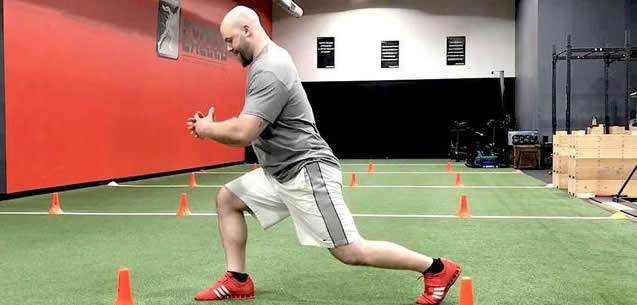
isometric exercise not only leads to a loss of strength in the muscle itself, but it also immediately increases the dynamic function that comes with it. What does this mean? It means that one can do an isometric movement and thus increase the strength in the next movement.
In summary, isometric exercises should be included in your training programme because: The amount of muscle movement units recruited far exceeds that of other exercise types. They increase the time that muscles are under tension, thus increasing the muscle building effect. They will lead to increased strength in your workout routine.

so stop equating plank support with painful, pure core training. A few columns of isometric exercises could be a key to your metamorphosis.





